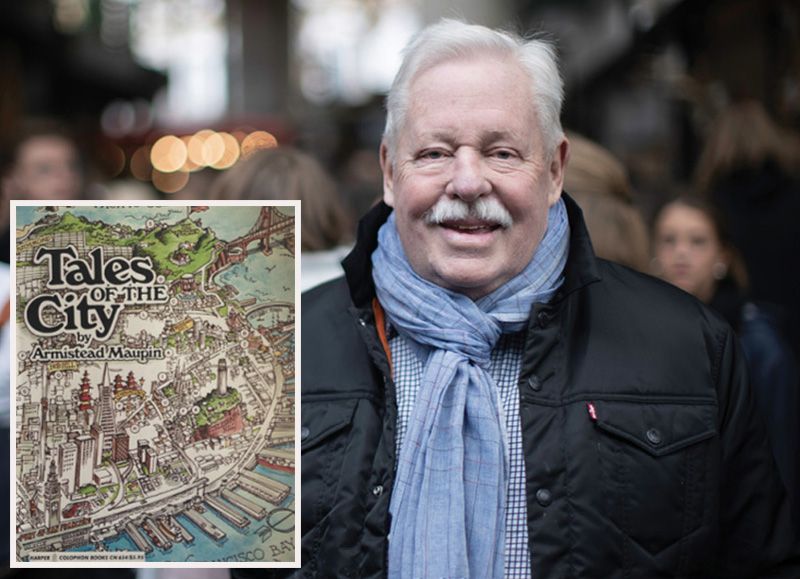And how Charleston influenced Tales of the City

Tales of the City author Armistead Maupin was stationed at the Navy Base in 1968.
While many think of June 28th as Carolina Day, the day in 1776 we fought the British in our first steps toward liberty, the date is also celebrated internationally for a more recent call for freedom. On June 28, 1969, LGBTQ people at the Stonewall Inn Bar in New York City fought repressive police, and now historians see that, too, as a first step for people claiming personal liberties.
An early hero of “gay liberation” (as it was then called) was writer Armistead Maupin who moved to Charleston in June the previous year. Born in Raleigh in 1944, he was stationed at the Navy Base and at first fearful of coming out, but eventually embraced his sexuality and claimed his own liberating identity. After service in Vietnam, Maupin returned, wrote for the News & Courier, and lived above artist Elizabeth O’Neill Verner’s studio on Tradd Street. In 1971, he moved to San Francisco and began publishing his saga Tales of the City. The nine-book series sold millions of copies, was often dramatized, and gained visibility and acceptance for a discriminated-against sexual minority.
A central character is Anna Madrigal, an anagram for a man and a girl, and again, there is a Charleston link. Dawn Langley Hall, a trans person who lived downtown, was an inspiration for Maupin. Hall, he wrote, “opened my writer’s imagination to the possibility of gender fluidity;” and he (and all his readers) came to see the impact she had “by her mere example, her brave singularity.”